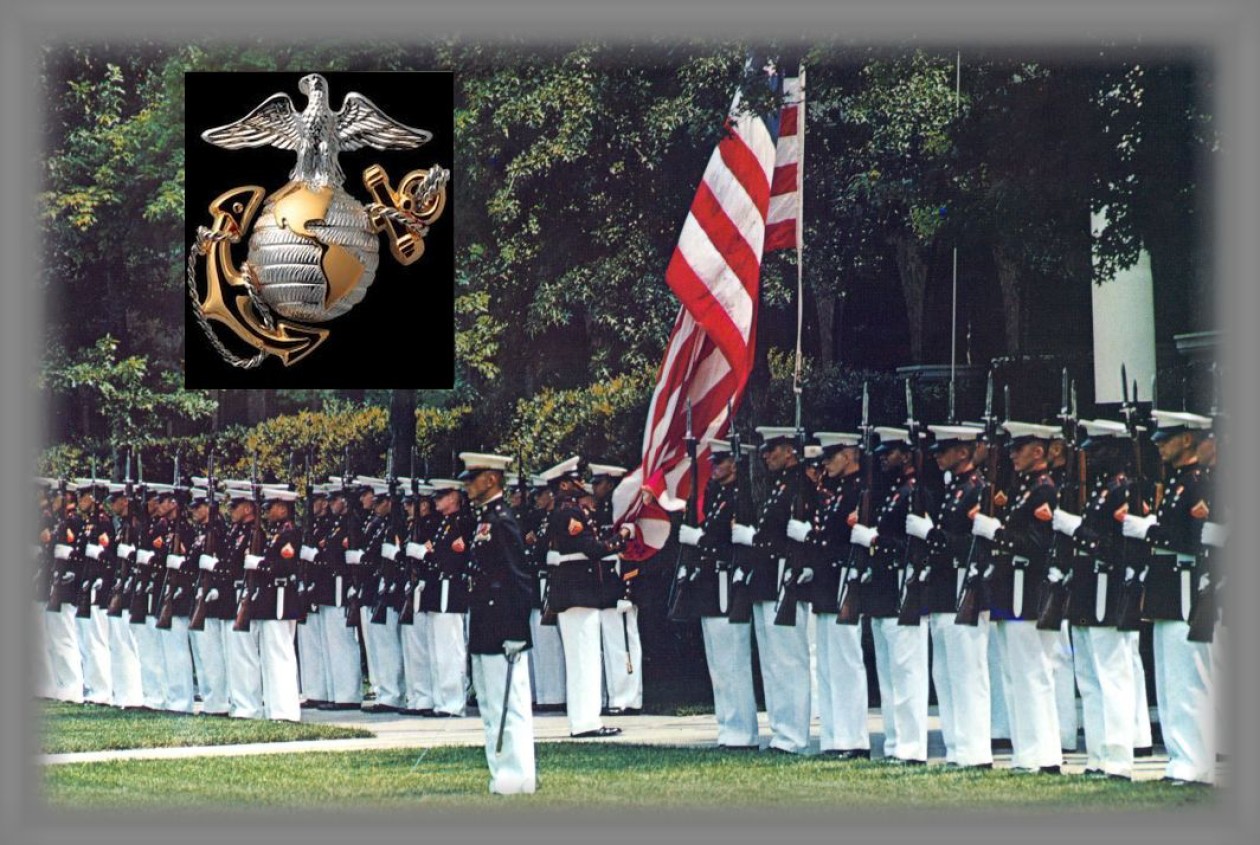Oaky, here we go again with the immigration issue. What’s the issue? Well, to begin, we don’t have an immigration policy in this country. Oh, forgive me, yes we do have a system, but can anyone tell me exactly what that system is? I am sure we all know immigrants who applied through the “system” and took them years to be vetted and eventually allowed to become an American citizen.
But the “system” we have today is based solely on political leanings. Mexicans at our southern border will eventually become democrats,. Come on, you know it, everybody knows it, especially since the creatures in the swamp will kowtow to their every needs, provide them with all sorts of benefits paid for by you and me. So why would they not vote for those who accepted them? They surely would not vote for those of us who try our best to keep the interlopers out! Agreed?
Okay, so know what about Cuban immigrants. Which way would they lean? Ahh, now we see a different set of immigrants and a different “system.” So, does it not surprise anyone that the douchebag in charge, who by the way, happens to be a Cuban immigrant himself said they will not be allowed ashore in America.
This whole immigration thing is laughable and very simple. If you lean left come on in, if you lean right. get the hell out of here.
About this thing called immigrationby bunkerville |
US immigration is unnecessarily complex. It has evolved into a patently unfair system to everyone who enters the system honestly and with good intent — who seeks lawful admission. It favors those who skip ahead of everyone else and go to the head of the line. US officials created this problem; illegal invaders only take advantage of an opportunity handed to them by political leaders who are either nefarious in their intent or incompetent. You know, people like Biden/Harris whom the American people overwhelmingly elected. If our immigration system is broken, then we broke it.
This must change. No one has a right to come here, but if immigrants knock on our door, it must be in accordance with our laws and procedures. Yes, we need a border wall, but we also need a commitment to our immigration system. No one must come here by cutting in front of the line. No one must come here who cannot contribute to the American economy, who will not embrace American values, and who will not assimilate American society. No “child” must come here without their mother or father.
There is no question that the United States of America is the best place on the planet to live, but does that mean that everyone who lives in a nation less vibrant than our own has a case for political asylum? If everyone who lives in a country ruled by petty dictators or religious despots has an asylum claim, then literally two-thirds of the world’s population will soon show up at our door. There ARE limits, after all, to the number of immigrants our economy can support. People who do not/will not speak our language, who are not educationally prepared for the challenges of our economy, and who know less about our values than they do about speaking in English simply do not have a realistic expectation of success. Note: most Latin Americans are illiterate in their own language. At some point, we must acknowledge that there are (pragmatically) limited opportunities for goat-herders-turned taxi drivers in Newark.
Although with that said, from a historical point of view, the cultural differences between Spanish and Anglo immigrants could not be more unambiguous. I can readily see why Democrats are anxious to accept tens of thousands of Latinos as potential citizens: they are far more inclined to do whatever the government tells them than people of British stock. It also occurs to me that for every individual who runs away from their own country, whatever those conditions are, there is one less person available to fight for meaningful change in the land of their birth and cultural heritage.
Secretary Mallorcus told us that Cubans must not be allowed to come to the United States. Shouldn’t this standard apply to every immigrant who is trying to jump ahead in line or who files a frivolous petition for asylum? Should we return all such people to their home country (or, as he suggested, a third country) until US officials process their claim in an orderly fashion? Note: I’m not sure how French-speaking Haiti would be a good fit for immigrants from Guatemala, but that was his idea, not mine. I suspect there are few Spanish-speaking countries in the Americas willing to accept Guatemala’s problems. Nor should we. What we observe unfolding along our southern borders is only a “humanitarian crisis” because we’ve made it into one.
Sending people back to their home country for processing reinforces the traditional process of putting the names of people hoping to immigrate to the US on a waiting list, which is the only way we have of properly vetting applicants for admission to the United States. There is an exception to every rule, of course, but exception must not become the rule. We must maintain an orderly process of immigration.
Notice that tens of thousands of people, having spent their entire lives living in a communist/socialist country, suddenly appear on our southern border demanding entry to a country in which half of the population can support a communist/socialist administration. Is this not an example of politically compliant people trying to leap from a frying pan into a fire? I find the whole situation very odd, and I wonder why we Americans think we need more communists in our country rather than fewer.
Mustang also blogs at Fix Bayonets and Thoughts From Afar
Originally posted 2021-07-16 11:48:32.








